33+ Sample Research Project Proposal
-
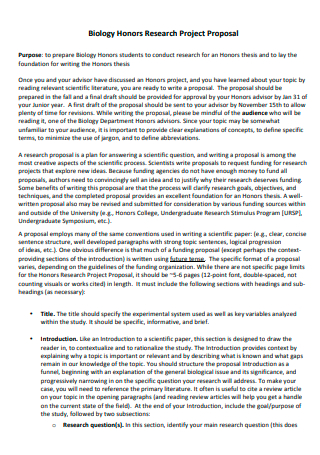
Biology Honors Research Project Proposal
download now -
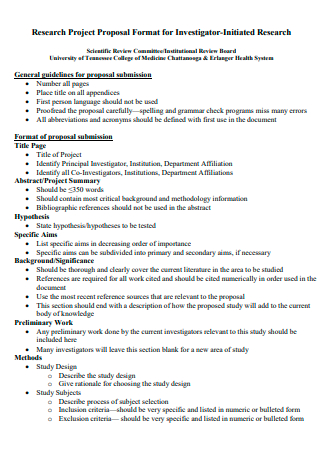
Research Project Proposal Format
download now -
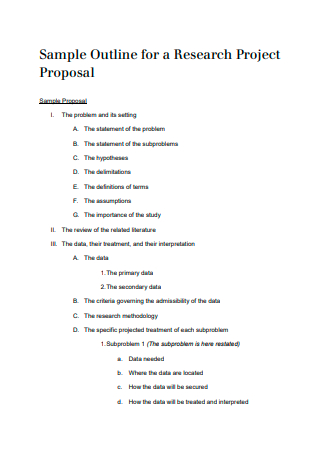
Sample Research Project Proposal
download now -
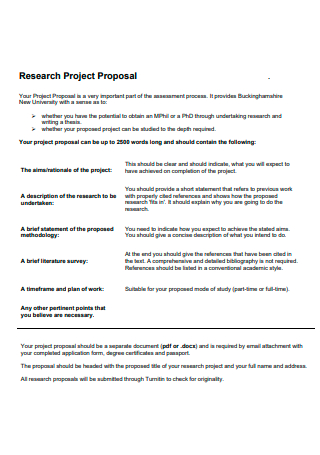
Research Project Proposal in PDF
download now -
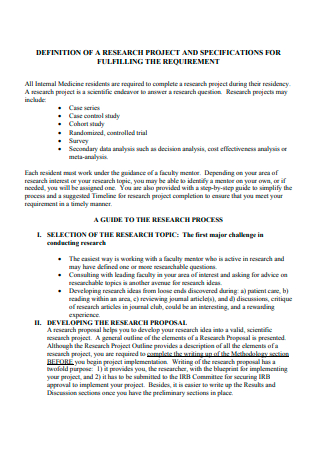
Simple Research Project Proposal
download now -
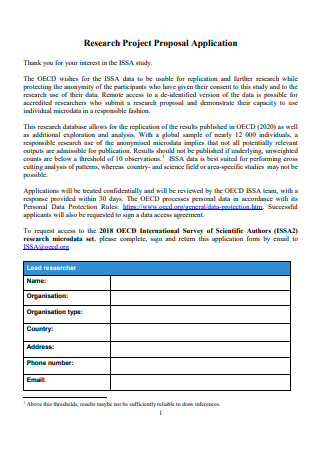
Research Project Proposal Application
download now -

Research Project Proposal Submission
download now -
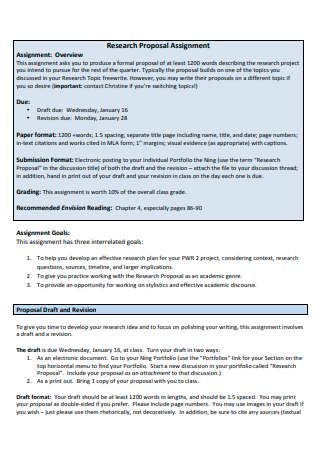
Research Project Proposal Assignment
download now -
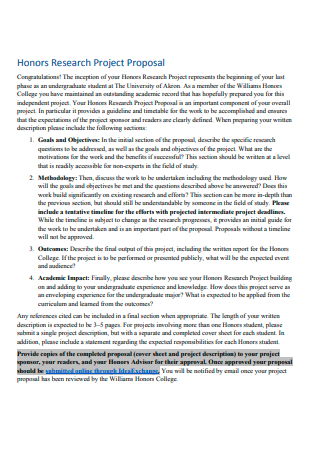
Honors Research Project Proposal
download now -
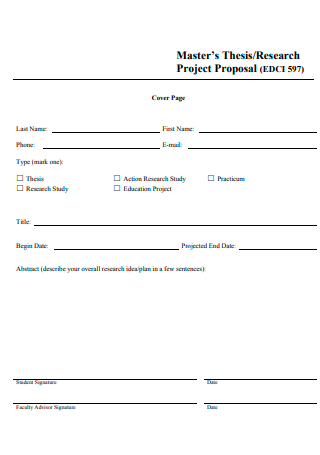
Master Thesis Research Project Proposal
download now -
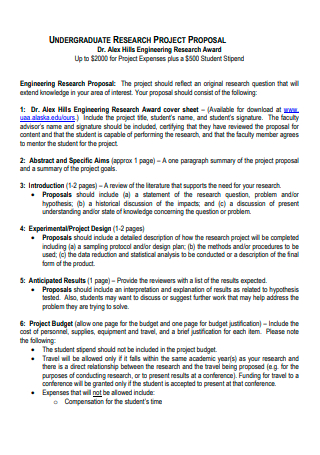
Undergraduate Research Project Proposal
download now -
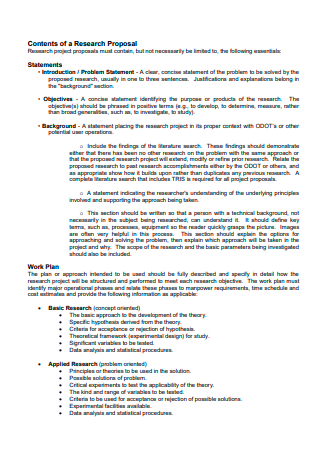
Research Project Proposal Example
download now -
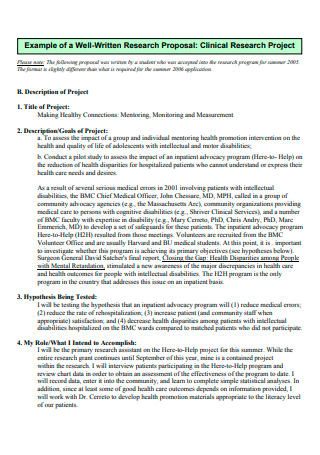
Clinical Research Project Proposal
download now -
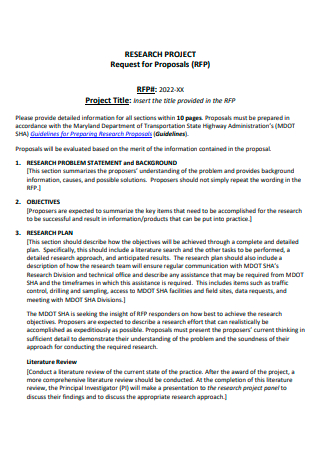
Research Project Request For Proposal
download now -
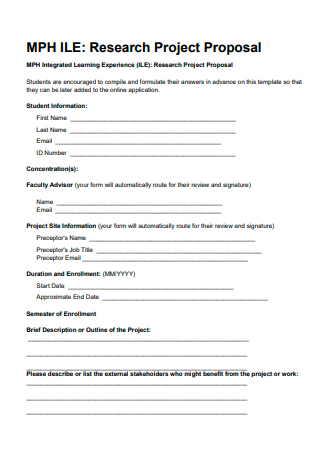
Formal Research Project Proposal
download now -
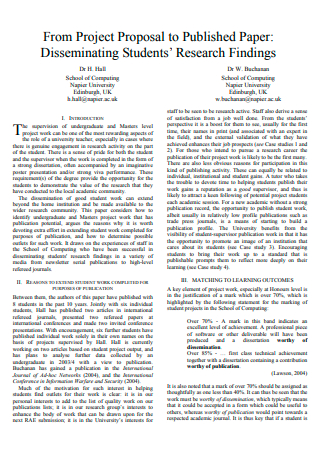
Student Research Findings Project Proposal
download now -
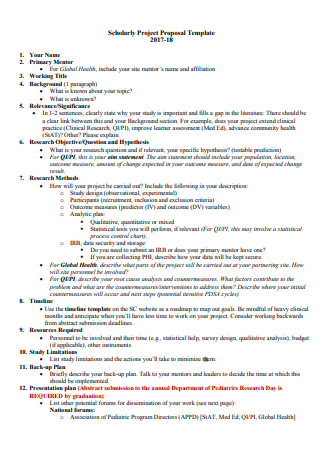
Research Scholarly Project Proposal
download now -
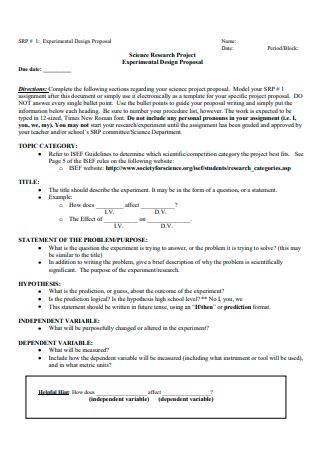
Science Research Project Experiment Design Proposal
download now -
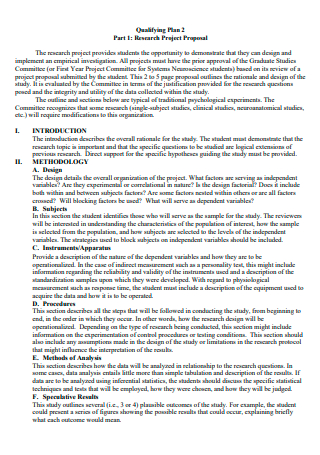
Standard Research Project Proposal
download now -
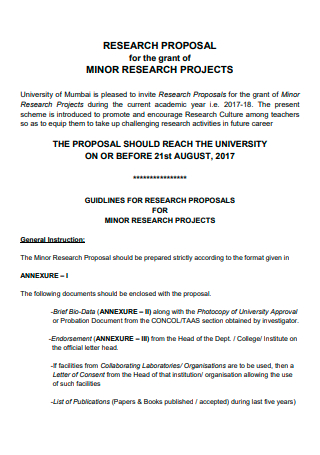
Minor Research Project Proposal
download now -
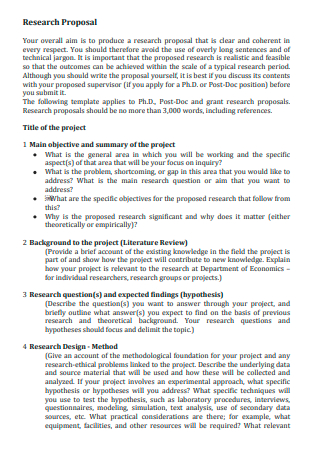
Printable Research Project Proposal
download now -
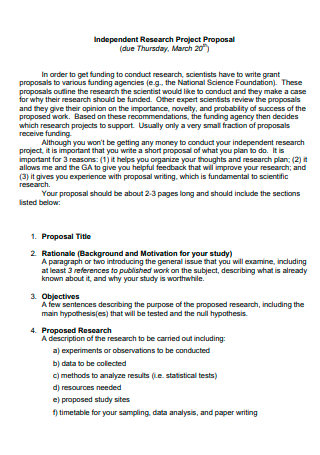
Independent Research Project Proposal
download now -

Student Research Project Proposal
download now -
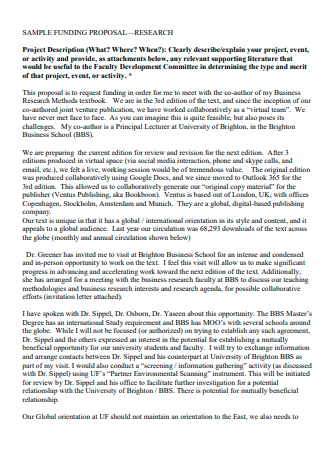
Research Project Description Proposal
download now -
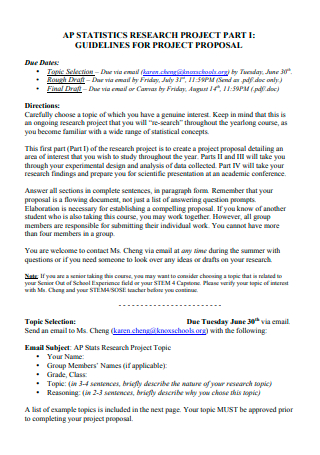
Statistics Research Project Proposal
download now -

Draft Research Project Proposal
download now -
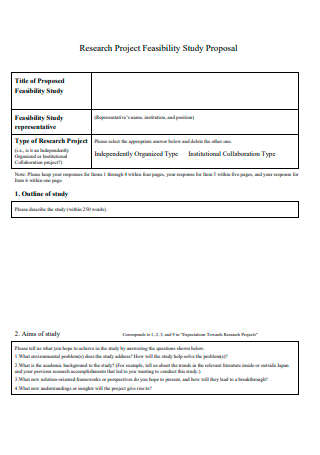
Research Project Feasibility Study Proposal
download now -
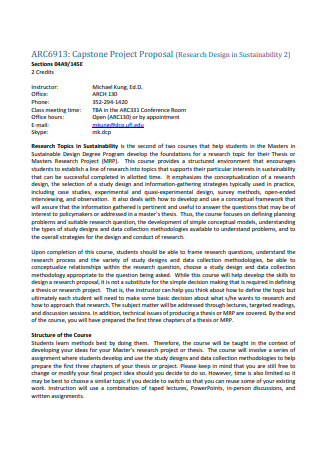
Research Design Project Proposal
download now -
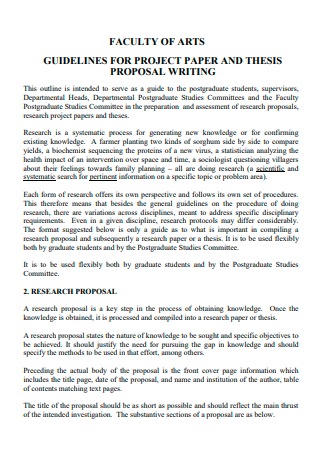
Faculty of Arts Research Project Proposal
download now -
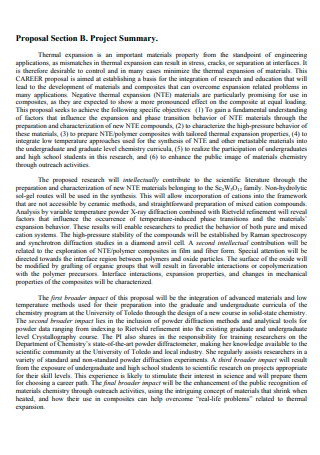
Research Project Proposal Summary
download now -

Undergraduate Research and Creative Activity Award Project Proposal
download now -
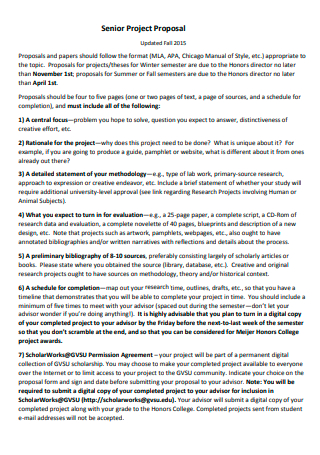
Research Senior Project Proposal
download now -

Research Project Proposal Form
download now -
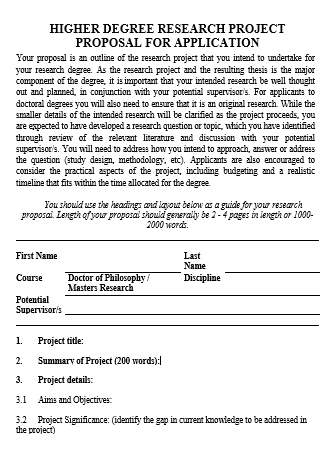
Higher Degree Research Project Proposal For Application
download now
FREE Research Project Proposal s to Download
33+ Sample Research Project Proposal
What Is a Research Project Proposal?
Components of a Research Project Proposal
How To Develop a Research Project Proposal
FAQs
What are the four essential elements of a research proposal?
What are the reasons for having a research proposal?
What are types of research proposals?
What Is a Research Project Proposal?
A research project proposal is a document that represents a coherent and concise summary of the intended research. The proposal pinpoints the prominent issues or problems that a researcher plans to address. It prepares an outline of the field of study that revolves around the research topic and refers to current research discoveries and knowledge, along with existing debates about the subject. The research project proposal allows the researcher to showcase the ingenuity of the research project. The research proposal is one of the essential documents that a researcher submits for the research application procedure. It provides the opportunity to demonstrate that the individual or group is fully capable of producing graduate-level research. For example, students exhibit their capabilities through showcasing effective communication of complex ideas in a clear, concise, and critical manner. Writing the research project proposal also allows the management to match the research topic with the appropriate research supervisor to acquire accurate and meaningful results.
According to the facts and figures from the United Nations Educational, Scientific and Cultural Organization (UNESCO) in their UNESCO Science Report, Towards 2030, between the years 2008 to 2014, the scientific articles presented on catalog in the Science Citation Index of Thomson Reuters’ Web of Science has an increase of 23 percent from 1.03 million to 1.27 million.
Components of a Research Project Proposal
A research project proposal serves as the backbone of the entire research paper. It defines what the researcher needs to investigate, its significance, and the process of performing the research. There are different variations when writing the research proposal. Most research project proposals follow the same format as it needs to describe the critical areas of research. Below are the components of a research project proposal and their definitions.
How To Develop a Research Project Proposal
Planning enables better research and writing procedures, and research project proposal provides the researcher just that. The document supplies a coherent structure for the research project and convinces the reader of its significance to the field of study. The section below provides a step-by-step guide to developing a research project proposal.
-
1. Develop and Define a Research Topic
The choice of research topic determines its length, involved processes, and the possibility of fulfilling the research requirements. Take the time to select the subject to ensure quality and satisfaction when developing the research paper. Choose a topic that is interesting to you as a researcher. Identify the possible subjects that affect personal concerns and interests that drive you to investigate related studies. Remember that the research study also concerns readers, and it is critical for it to be current and relevant to them. It is necessary to know how to narrow down ideas into more concise and manageable content and share them with instructors provides you with relevant feedback that fits research requirements. A good research paper contains in-depth yet specific information that gives readers digestible details.
-
2. Explore the Purpose and Audience of Research
A research project proposal discusses the research purpose and its audience to pinpoint who the researcher aims to reach, inform, and persuade about the study. In this step of developing a research project proposal, you must explore different possibilities to address the audience. The most effective way to do this is through free writing.
-
3. Conduct Preliminary Research
Before writing the research proposal, you must prepare by doing preliminary research. The step guarantees that you have the appropriate resources and materials to work with when writing the proposal. It gives the necessary information to define the research topic and develop research questions. Conducting preliminary research also supplies the researcher with crucial concepts, history, and terminology about the chosen topic.
-
4. Formulate the Research Question
The research question serves as the statement that keeps you on track throughout the research process. When you identify the research question, you are also setting up the objective of the research. It must be substantial and serve as the guiding element towards the completion of the study. A well-constructed research question allows the researcher to correlate different information through data analysis and interpretation. To help you construct the research question, refer to the preliminary research material and list possible questions surrounding it. The research question must be complex that requires extensive research, interpretation, and analysis.
-
5. Create a Research Plan
For a researcher to work on the research topic intensively, determine the objective for research. Take the time to plan out secondary research by identifying resources for answering the research question, including where to find them, their availability, and search words. Plan for primary research procedures by selecting the method to utilize in the research, whether it is through survey questionnaires or individual interviews. You must also identify the necessary materials to use. There must also be a clear timeline for processing and conducting the entire research process, identifying milestones and due dates as accurately as possible.
FAQs
What are the four essential elements of a research proposal?
Instead of four, there are six critical elements in a research proposal. The introduction, background, literature review, research design and methods, suppositions and implications, and conclusion.
What are the reasons for having a research proposal?
The primary purpose of creating a research proposal is to convince a sponsor that the research project is worth the investment. It must persuade the reader that the study is relevant, original, and interesting.
What are types of research proposals?
There are two types of research proposals, the solicited and unsolicited research proposal. Solicited proposals are submitted as a response to a request for proposal. Unsolicited proposals are responses to a general call for researchers to conduct a study.
Writing a research project proposal helps a researcher to have a guideline to write the final research paper. It also allows them to check with the instructor about research requirements. Completing a research project proposal gives a researcher the advantage of having the necessary materials and resources to conduct different procedures to accomplish the study. It also provides backup plans when the research process experiences obstacles or drawbacks. Create a research project proposal for future research by downloading the sample documents available above.
